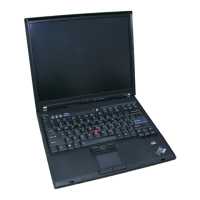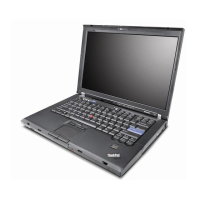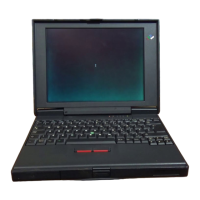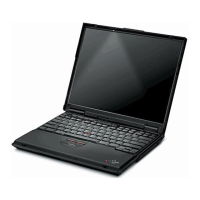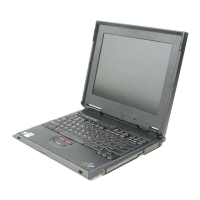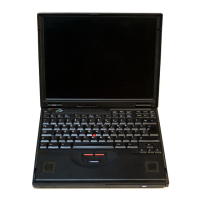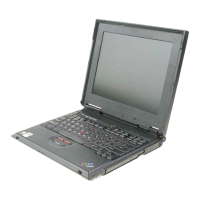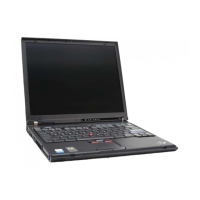TAPE
MOTION
Forward Tape Motion
Tape moves
in
a forward direction (counterclockwise)
during mark, find, read, and write operations.
When forward tape motion stops, the momentum
of
the
tape unit carries the tape into the
251
bytes
of
hex 55s
in the format record. These
251
bytes provide a time
delay when the tape stops; they are not read
as
useful
information. Refer
to
Format Record.
The next three bytes (two bytes 00 and
E7)
provide
position information. The control unit reads these bytes
one bit at a time until the hex
E7
byte is detected.
After
hex
E7
is detected, the controller is synchronized (it
reads 8 bits at a time rather than 1 bit at a time) at the
start
of
the format record.
The record type byte indicates whether the data track
associated with this format record has a header record
or a data record written on it.
Following the record type byte are the record sequence
bytes. These bytes contain the record number
of
the
next record
on
the data track. A header record always
has a record sequence number
of
hex 0000.
Another hex
E7
byte is expected 33 bytes after the first
hex
E7
byte is read. This hex
E7
byte indicates
that
the
tape is now positioned correctly
for
reading or writing
the data track.
When the tape
is
moving forward (counterclockwise),
it
passes the erase coils before the
read/write
coils.
If
the
data track is
to
be
written, its erase coil is activated
after the first hex
E7
is read
from
the format track and
the write coil is activated after the second hex
E7
is
read from the format track.
The 29 hex
00
bytes (read data) in the format track
provide a time delay between erasing the data track and
writing on the data track. This time delay causes the
data track
to
be erased well in advance
of
any data and
ensures that all previously written information is erased.
The last 4 bytes
in
the format track establish
synchronization and determine the record type when
reading
in
the reverse direction.
4-38
Reverse Tape Motion
Tape moves
in
a reverse direction (clockwise) during the
search, rewind, and backspace operations.
When searching the format track in a reverse direction,
the tape unit reads
two
bytes
of
00, the
E7
(sync) byte,
then the record type byte.
If
the record type byte contains a hex 18 (data record),
the tape unit continues searching in the reverse direction
until it findS a header record
to
determine
if
this is the
file the microprogram is looking
for'.
If
the record type byte contains a hex
81
(header
record), the tape unit stops searching the format record
and reads the header record in the forward direction.
If
the header record is the one the microprogram is·
looking for, the entire file is read in the forward
direction. (The microprogram compares the file number
from the tape
to
the file number the microprogram is
searching for.)
If
the header record does not contain the correct file
number, the tape unit resumes moving tape backward
until
it
finds the correct file number.
OPERATIONS
The tape unit can
be
used
for
APL, BASIC, and
communications because it
is
language independent.
Error detection and correction, and several operations
such
as
formatting new files and finding old ones is
performed by the controller.
Operations provided by the controller and tape unit are
mark, find, read, write, rewind and backspace.
Mark
The
mark operation formats
new
files on a tape, or
reformats existing ones. In a mark operation, the file
header record is written and checked
for
CRC
errors,
and the format track information is written
for
the
requested number
of
data records. During this
operation, the format track is never checked after
writing and the data track is always checked after
writing.
..,/'
"'-/
/
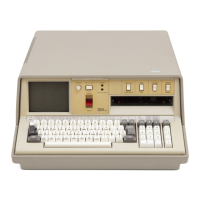
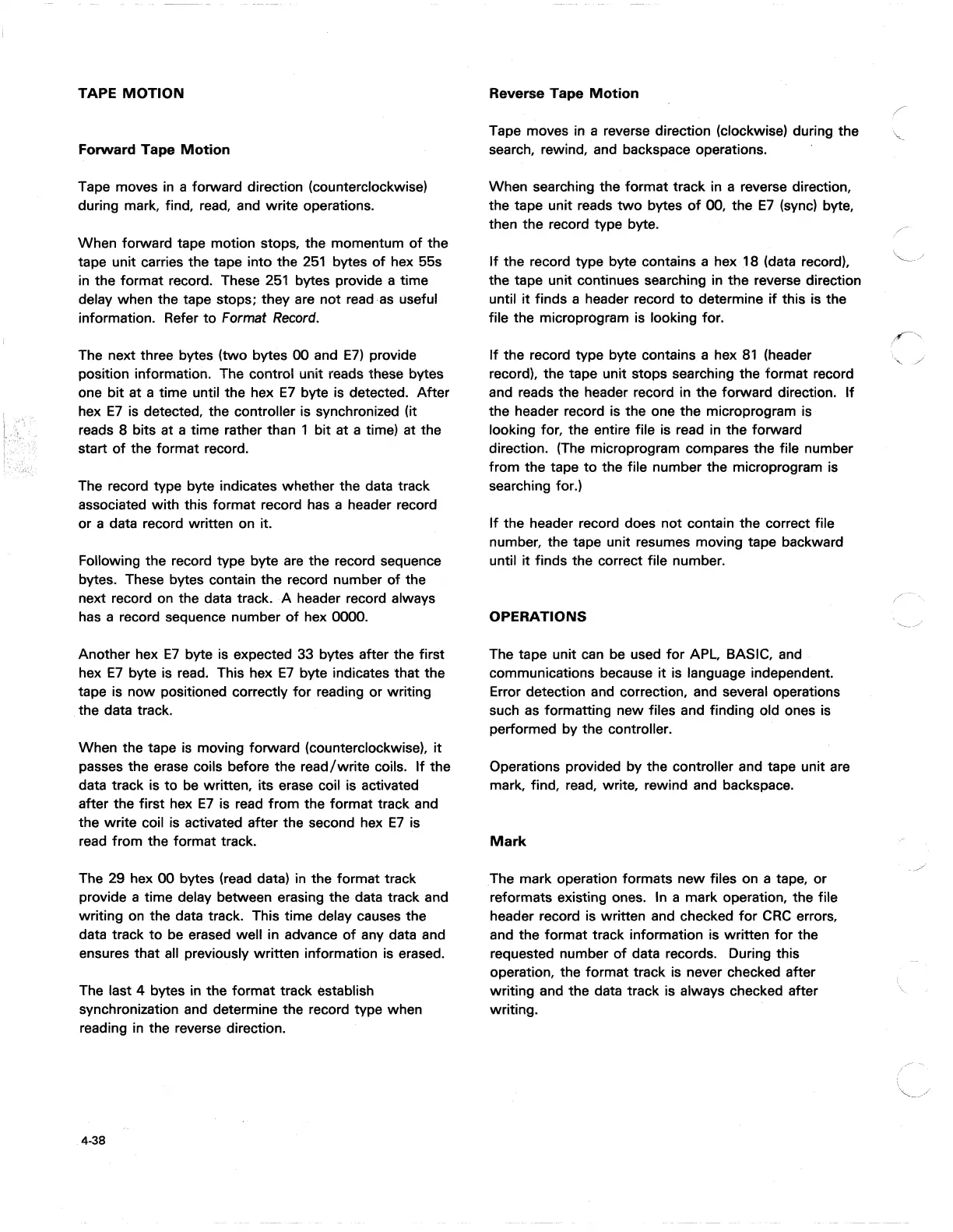